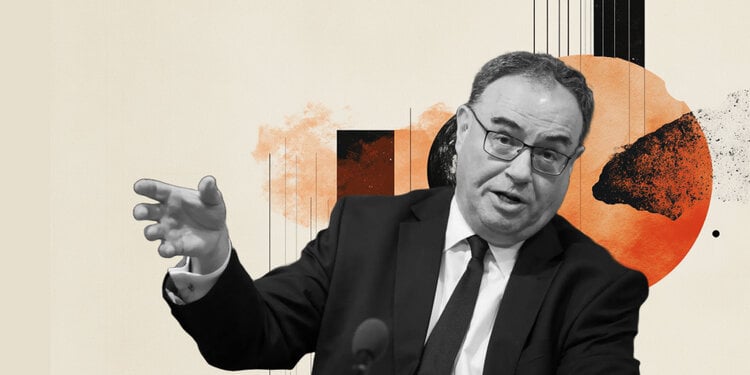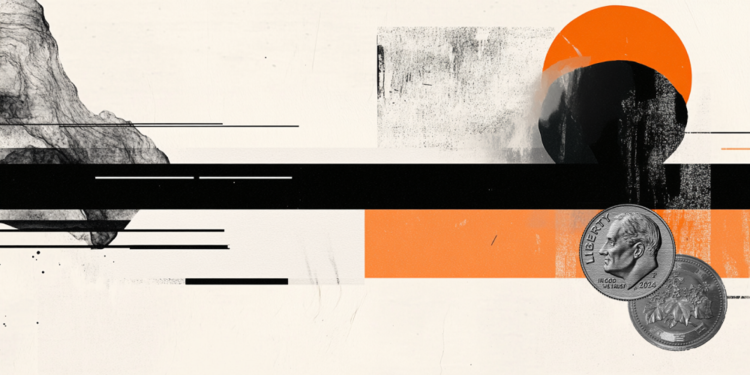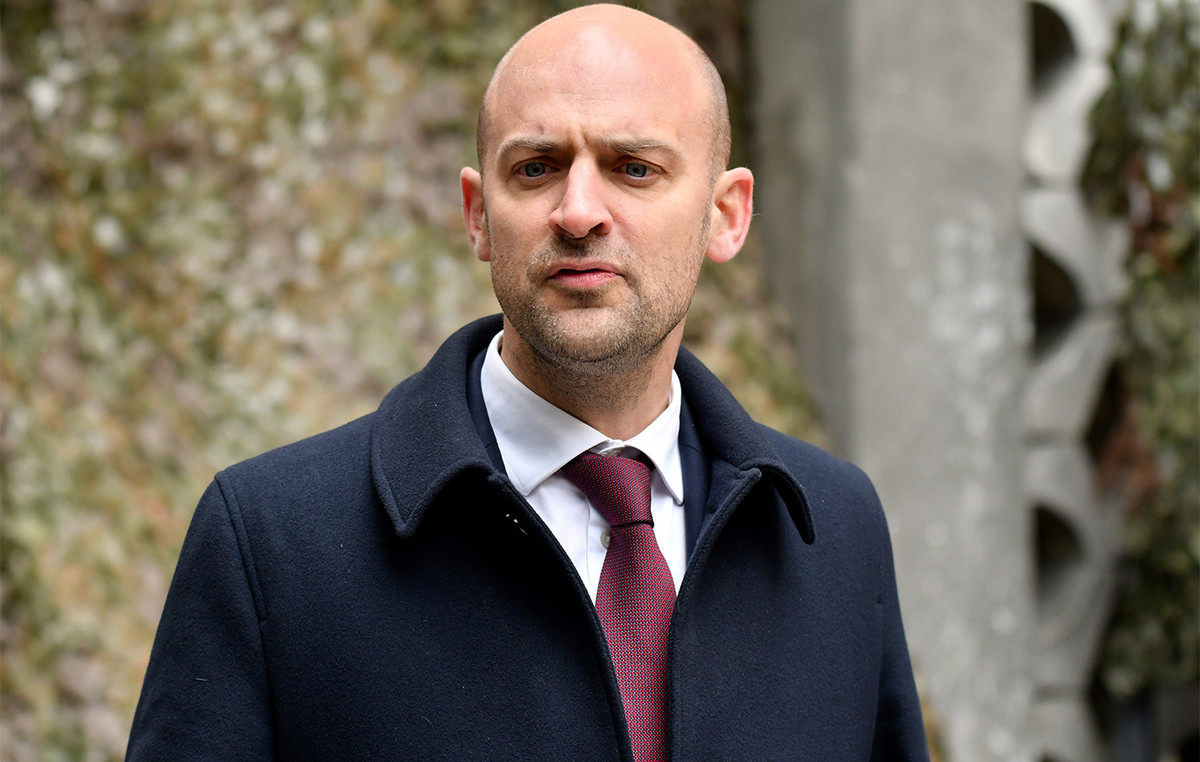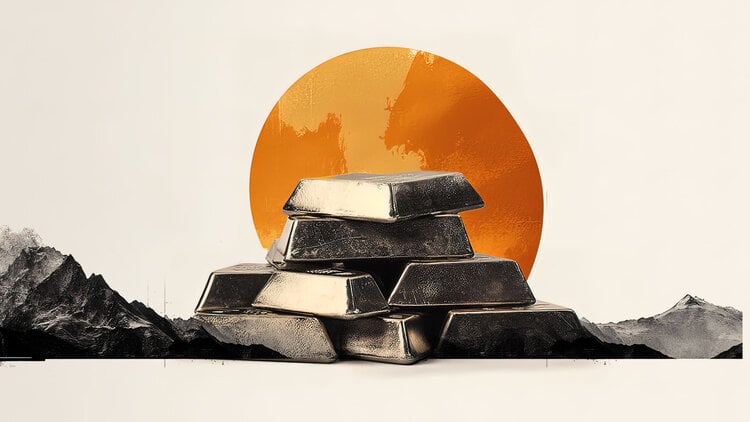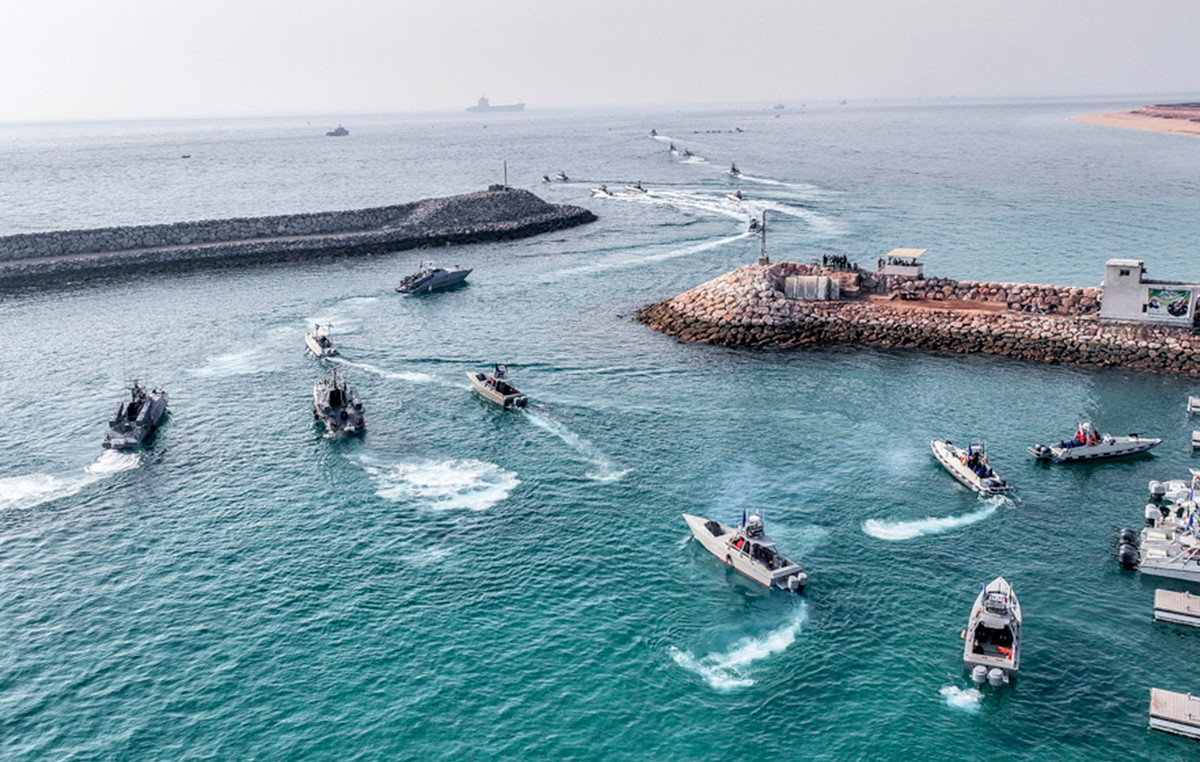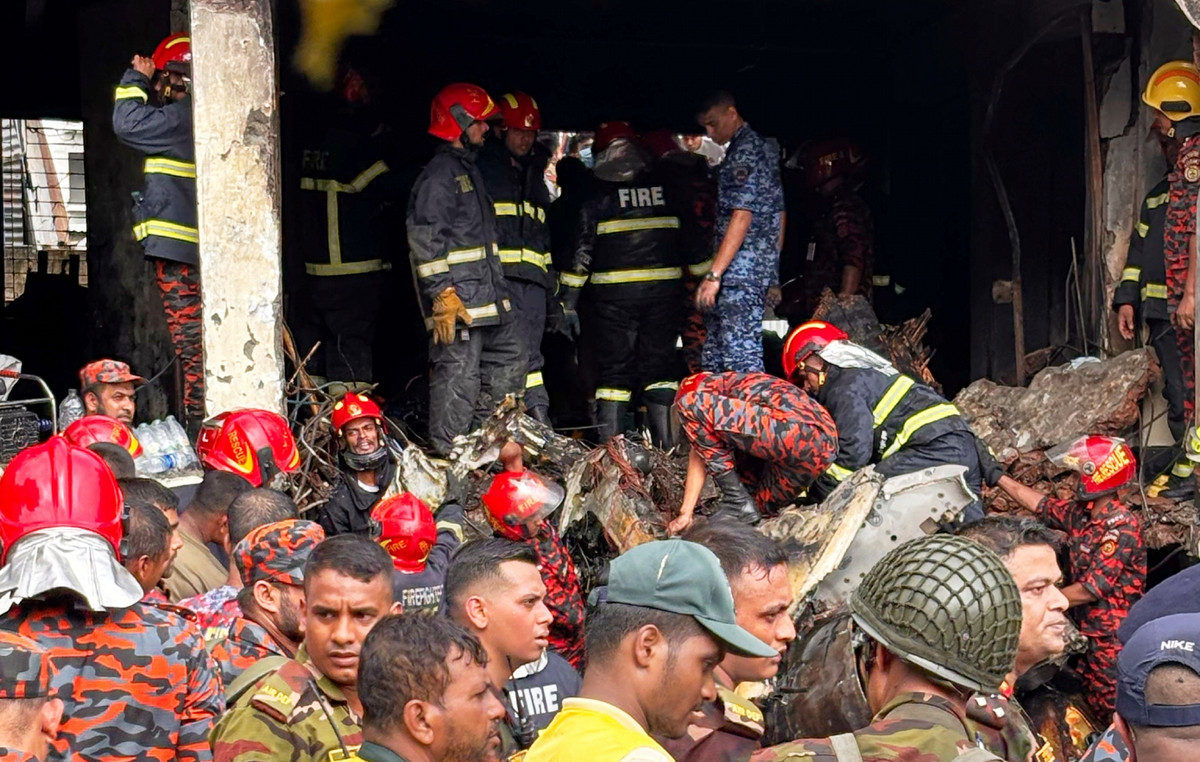It started like any other campaign rally — like any that photographer Evan Vucci had covered hundreds of times for The Associated Press.
Former President Donald Trump took the stage in Butler, Pennsylvania, greeted his supporters and began his speech.
Then, in the blink of an eye, chaos ensued.
“Over my left shoulder, I heard some popping and I knew immediately that it was gunfire,” Vucci said of the assassination attempt on Trump on Saturday (13). “At that moment, I pointed my lens at the stage and saw the Secret Service agents coming in and covering (Trump). From that point on, I went into work mode.”
While many at the rally sought cover, Vucci and other photojournalists sprang into action.
“At this point, it’s all instinct,” said Vucci, the AP’s chief photographer in Washington. “You’re not thinking about anything other than, ‘I have to get this picture.’ It’s the photographer’s curse: I can’t go back and recreate it. I have to get it in the moment.”
Vucci was in the security area in front of the stage when the shots rang out. His first thought was not for his own safety, but to document the moment unfolding in front of him. There are no second chances when capturing history through the lens of a camera.
“I was trying to find the best angle to see the president,” he recalled. “And then I started thinking, ‘Okay, how is he going to get out of here? Where are they going to take him? What are they going to do?’ He finally got up, and I knew they were going to take him from the other side of the stage, so I ran to the other side of the stage.”
Vucci photographed Secret Service agents assisting Trump and taking him to safety.
“As he stood up, he looked out at the crowd and raised his fist,” Vucci said. “In my visor, I could see the blood on the side of his face. And I think that’s the moment that a lot of people are sharing.”
Doug Mills has been covering presidents for more than 40 years. The New York Times photographer had never experienced anything like Saturday’s (13) events.
“It was so fast, chaotic and scary as hell,” he said.
Before the shooting, Mills moved around the stage, getting different angles of Trump before settling just below the podium and looking up. Then he heard the gunshots and believed it might be a motorcycle or perhaps a tractor.
It was from this vantage point that Mills would take one of the most famous photographs of the shootout. It just took him a while to realize it.
After Trump was taken to a secure location, Mills was examining the photos and sending them to Times editors.
He knew his photos documented the moment Trump was struck by a bullet — it was easy to see, in a series of images, Trump grimacing and then touching his right ear. But editor Jennifer Mosbrucker informed him that he had detected something else.
“Jen called me five minutes later and said, ‘You’re not going to believe this,’” Mills shared. “I thought I had screwed up. That was my first thought. And she said, ‘There’s a real shot of a bullet in the back of his head.’ I was like, ‘What?’ And she said, ‘You had such a fast shutter speed that you captured it.’”
She told Mills that an FBI ballistics expert looked at the photo and called it “one in a million.”
Getty Images photographer Anna Moneymaker was with Vucci and Mills and initially thought the gunshots were fireworks.

“But then when the crowd started screaming and some officers started telling us to get down with a look of shock and confusion on their faces, I just thought it was surreal,” she said.
Moneymaker’s breathing became heavy and her head began to spin, but she kept her finger on the shutter and managed to snap a photo that became one of the most memorable of the day.

“I moved around the stage and saw all these agents on top of him — and then I saw his face through the legs of the agents,” she said. “I didn’t know how badly he was hit, so I just wanted to see him and get some footage to see what condition he was in. I saw blood running down his face. I took some overexposed shots before I got the settings right, and then the agents started lifting him off the ground once the shooting stopped.”

Mills, Moneymaker and Vucci talked about how important it was to stay focused on work amid the madness.
Vucci covered Iraq and Afghanistan early in his career and has been in combat situations before. He said his experience helped him stay calm as it all unfolded. He, like his colleagues, focused on the basics.
“I was looking through the viewfinder and thinking, ‘Okay, what’s my light? Where’s the composition?’ I was telling myself, ‘Slow down, slow down, frame, compose’ — all the things that photographers tell themselves,” he shared. “It’s really important in that moment to not just press the button and hope that you get something. You have to keep making pictures. You’re not taking pictures. You’re making them,” he said.
When Trump was shot, Moneymaker remembers cursing under her breath and saying, “Oh my God, oh my God.” But she didn’t freeze.
“I really just wanted to document the story and have a photo,” she said. “I was a little nervous. Like, what am I going to have to show for this? So I kept clicking the shutter. Between expletives, I just said, ‘Keep taking pictures.’”

Mills tried to recall what he learned from Ron Edmonds, a former Associated Press colleague who photographed the 1981 assassination attempt on Ronald Reagan. “I always talked to him about what the scenario was when he photographed Reagan being shot, not flinching and not looking away; just keeping his focus on what was in front of him,” Mills said.
With only a few hours of sleep on Sunday (14), he took a moment to reflect on what he had experienced in Butler.
“It was horrible. In retrospect, it was very scary – I probably didn’t make the wisest decision for my safety. But I was doing my job,” he said.
This was a sentiment echoed by his fellow photographers.
“I’m happy that everything was in focus and I did the job I was supposed to do,” Vucci concluded.
Source: CNN Brasil
Bruce Belcher is a seasoned author with over 5 years of experience in world news. He writes for online news websites and provides in-depth analysis on the world stock market. Bruce is known for his insightful perspectives and commitment to keeping the public informed.

